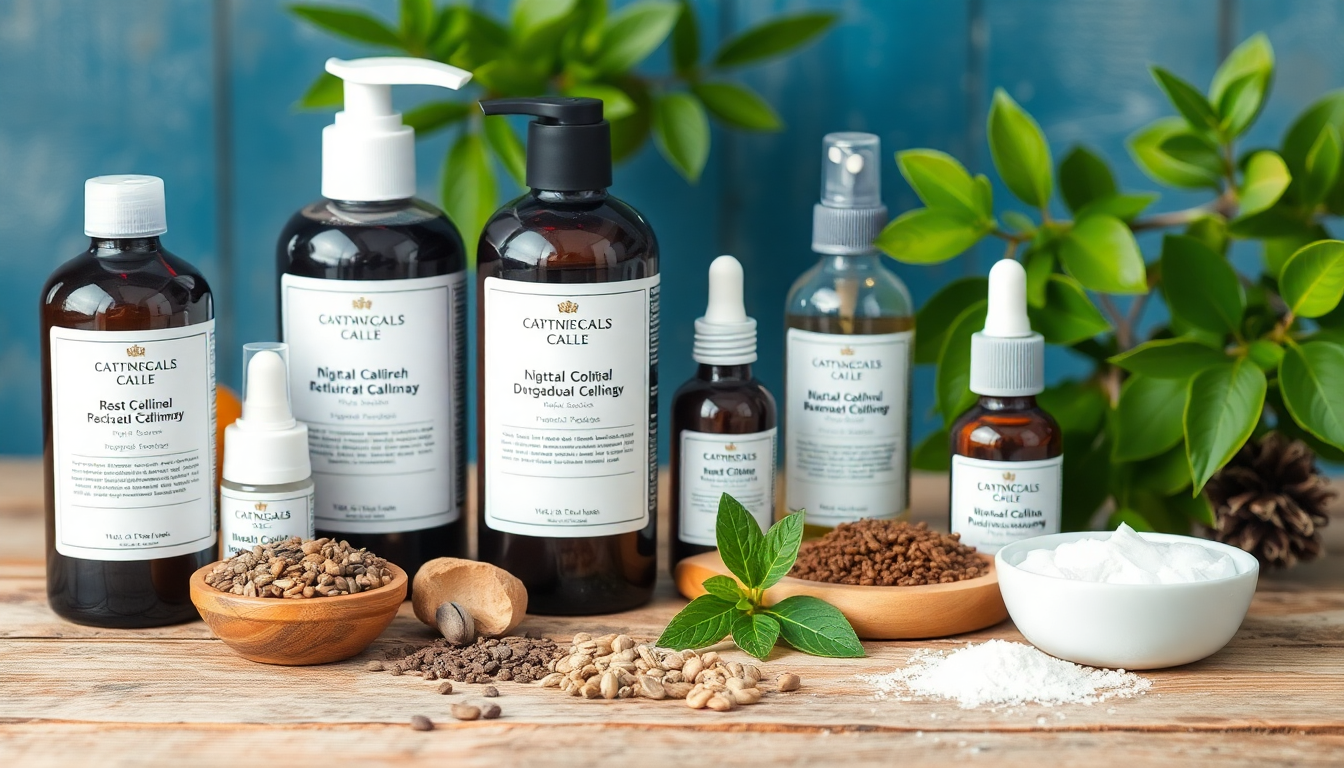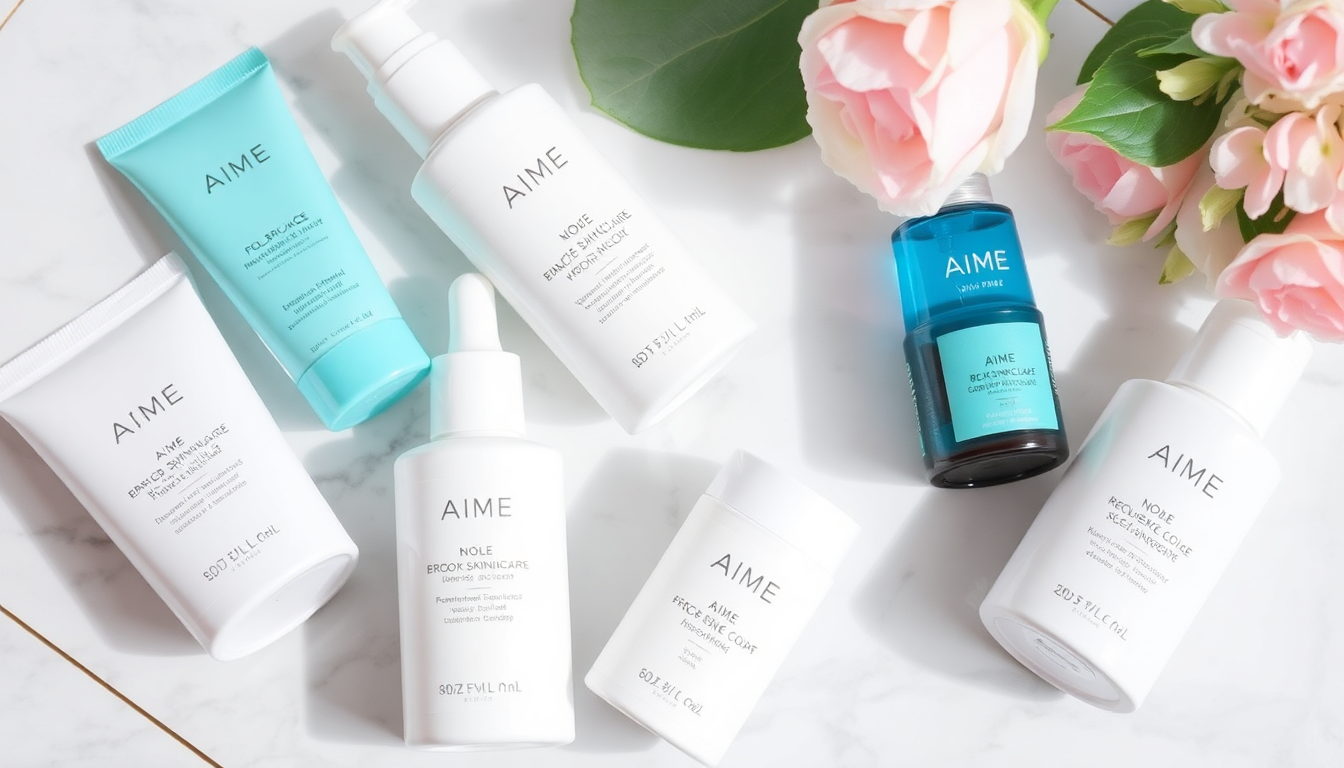Introduction
Achieving glowing and healthy skin is a goal for many individuals, yet navigating the myriad of skincare products and routines can often feel overwhelming. With the right skincare regimen tailored to your unique skin type and concerns, you can enhance your natural beauty and maintain a vibrant, youthful complexion. This comprehensive guide will outline the essential steps necessary for the ultimate skincare routine, ensuring you achieve the glowing skin you desire.
Understanding Your Skin Type
Before diving into the steps of a skincare routine, it's crucial to understand your skin type. This knowledge will help you choose the right products.
- Normal Skin: Balanced, neither oily nor dry, with minimal blemishes.
- Oily Skin: Excess oil production, enlarged pores, and a tendency to develop acne.
- Dry Skin: Lacks moisture, often feels tight or flaky.
- Combination Skin: A mix of dry and oily areas, typically oily in the T-zone (forehead, nose, chin) and dry on the cheeks.
- Sensitive Skin: Prone to redness, irritation, and reactions to products.
Step 1: Cleansing
The foundation of any good skincare routine is cleansing. It removes dirt, oil, and makeup that can clog pores and lead to breakouts. Here’s how to cleanse effectively:
- Choose a gentle cleanser suitable for your skin type. For oily skin, a foaming or gel cleanser works well, while cream or oil-based cleansers are better for dry skin.
- Wash your face twice daily: once in the morning to remove overnight impurities and once before bed to cleanse away the day's grime.
- Use lukewarm water to avoid stripping your skin of its natural oils; hot water can lead to dryness and irritation.
- Consider double cleansing in the evening, starting with an oil-based cleanser to remove makeup, followed by a water-based cleanser for a deeper clean.
Step 2: Exfoliating
Exfoliation helps remove dead skin cells, promoting cell turnover and revealing fresh skin underneath. Here’s how to incorporate exfoliation into your routine:
- Exfoliate 1-3 times a week, depending on your skin type. Oily and combination skin can benefit from more frequent exfoliation, while sensitive skin should err on the side of caution.
- Choose between physical exfoliants (scrubs with granules) and chemical exfoliants (AHAs like glycolic acid and BHAs like salicylic acid). Chemical exfoliants can provide more even results without the risk of micro-tearing the skin.
- Be gentle; over-exfoliating can lead to irritation, redness, and increased sensitivity.
- After exfoliating, always follow up with a moisturizer to replenish hydration.
Step 3: Toning
Toners help balance your skin's pH and can provide additional hydration and treatment benefits. Follow these guidelines for effective toning:
- Look for alcohol-free toners with soothing ingredients like rose water, witch hazel, or aloe vera to avoid drying out your skin.
- Apply toner with a cotton pad or directly with your hands, patting it into the skin to enhance absorption.
- Consider toners with added benefits, such as exfoliating acids for oily skin or hydrating ingredients for dry skin.
- Using a toner can also help your skin better absorb the serums and moisturizers that follow.
Step 4: Serums
Serums are concentrated treatments that target specific skin concerns such as acne, dryness, or aging. Here’s how to select and use them effectively:
- Identify your skin concerns and choose serums accordingly. For example, vitamin C serums can brighten and even skin tone, while hyaluronic acid serums provide deep hydration.
- Apply serums while your skin is still damp from toner for better absorption.
- Layer multiple serums if desired, starting with the thinnest consistency to the thickest. Allow each layer to absorb before applying the next.
- Consider incorporating targeted treatments for specific issues, such as retinol for anti-aging or niacinamide for oil control and pore minimizing.
Step 5: Moisturizing
Moisturizing is crucial for keeping your skin hydrated and preventing moisture loss. Consider the following:
- Select a moisturizer that suits your skin type: lightweight gel for oily skin, rich cream for dry skin, or an oil-free lotion for combination skin.
- Apply moisturizer while your skin is still slightly damp to lock in moisture effectively.
- Don't forget to moisturize your neck and décolletage, as these areas are often neglected but can show signs of aging.
- For daytime, consider a moisturizer with SPF to protect your skin from UV damage.
Step 6: Sunscreen
Protecting your skin from UV damage is vital for maintaining healthy skin and preventing premature aging. Here are some tips:
- Use broad-spectrum sunscreen with at least SPF 30 every day, even on cloudy days or when indoors, as UV rays can penetrate windows.
- Apply sunscreen as the last step in your morning skincare routine, after moisturizer and before makeup.
- Reapply every two hours when outdoors, or more often if swimming or sweating. Consider using a setting spray with SPF for easy reapplication over makeup.
- Don't forget to protect often-overlooked areas such as your ears, neck, and the backs of your hands.
Step 7: Night Care
Your skin regenerates while you sleep, making nighttime care essential for maintaining a healthy complexion. Follow these steps:
- Incorporate a richer moisturizer or night cream for added hydration and nourishment during the night.
- Consider using a retinol product to promote cell turnover and reduce signs of aging. Start with a lower concentration to gauge your skin's tolerance.
- Always remove makeup thoroughly before bed to prevent clogged pores and breakouts. Use a gentle makeup remover or micellar water as part of your cleansing routine.
- Incorporate a weekly hydrating or exfoliating mask to give your skin additional love during the night.
Additional Tips for Glowing Skin
Beyond following a skincare routine, there are additional lifestyle factors that can contribute to achieving glowing skin:
- Stay Hydrated: Drinking plenty of water throughout the day helps keep your skin hydrated from within.
- Eat a Balanced Diet: Incorporate fruits, vegetables, healthy fats, and antioxidants into your diet to nourish your skin.
- Get Enough Sleep: Aim for 7-9 hours of quality sleep each night to allow your skin to repair and regenerate.
- Manage Stress: High stress levels can lead to skin issues such as acne and eczema. Practice relaxation techniques like yoga or meditation.
- Avoid Smoking and Limit Alcohol: Smoking and excessive alcohol consumption can age your skin and lead to dryness and dullness.
Conclusion
By following these essential steps and incorporating healthy lifestyle habits, you can create the ultimate skincare routine that leads to glowing and healthy skin. Remember, consistency is key, and it may take time to see results. Invest in good quality products and be patient with your skin's journey towards radiance. Your skin deserves the best care, so start today and enjoy the confidence that comes with a beautiful, healthy complexion.




Leave a comment
All comments are moderated before being published.
This site is protected by hCaptcha and the hCaptcha Privacy Policy and Terms of Service apply.